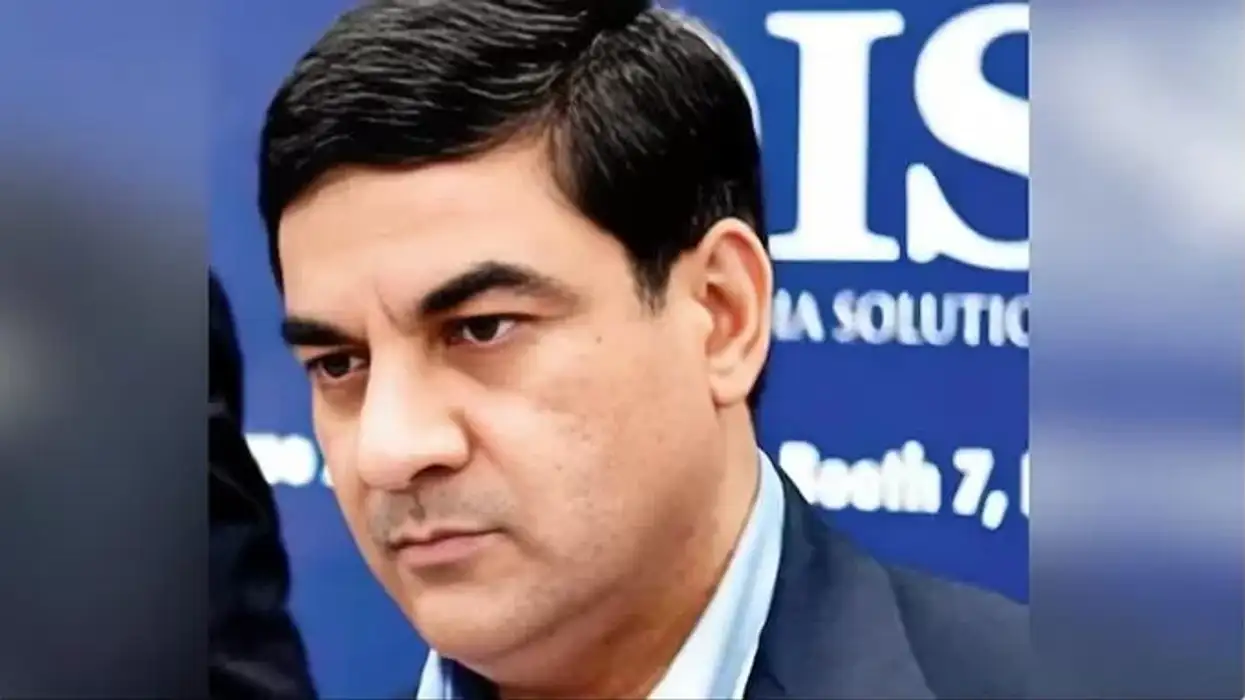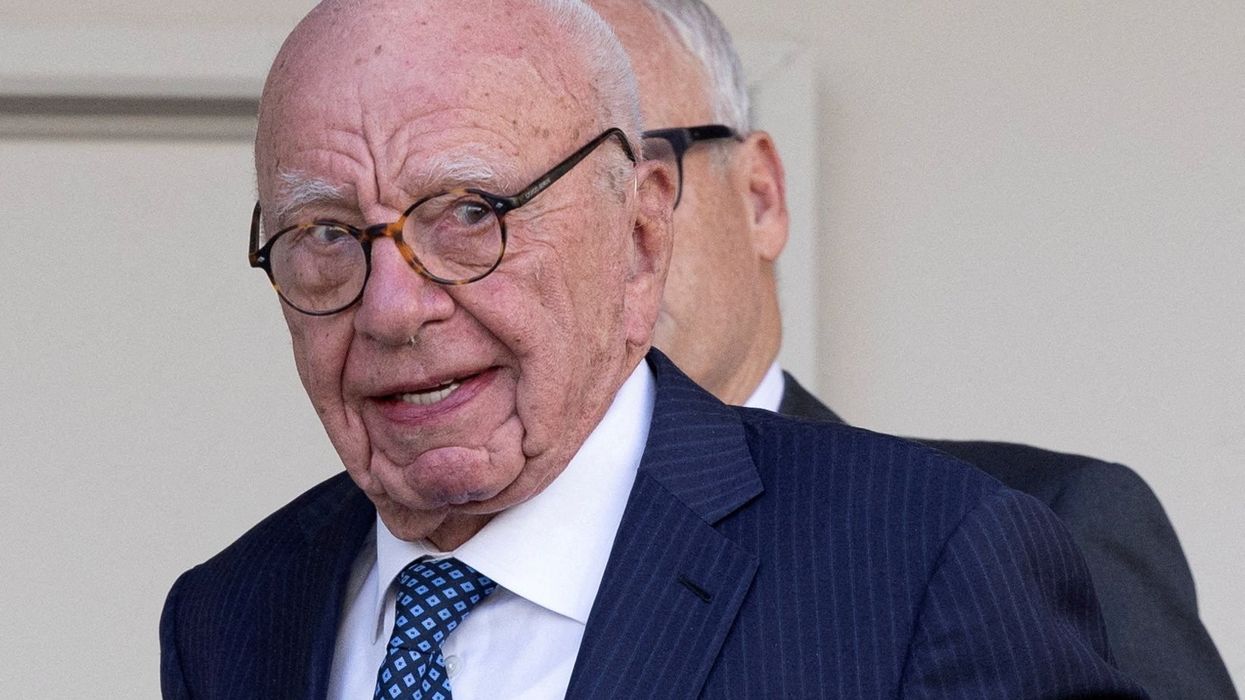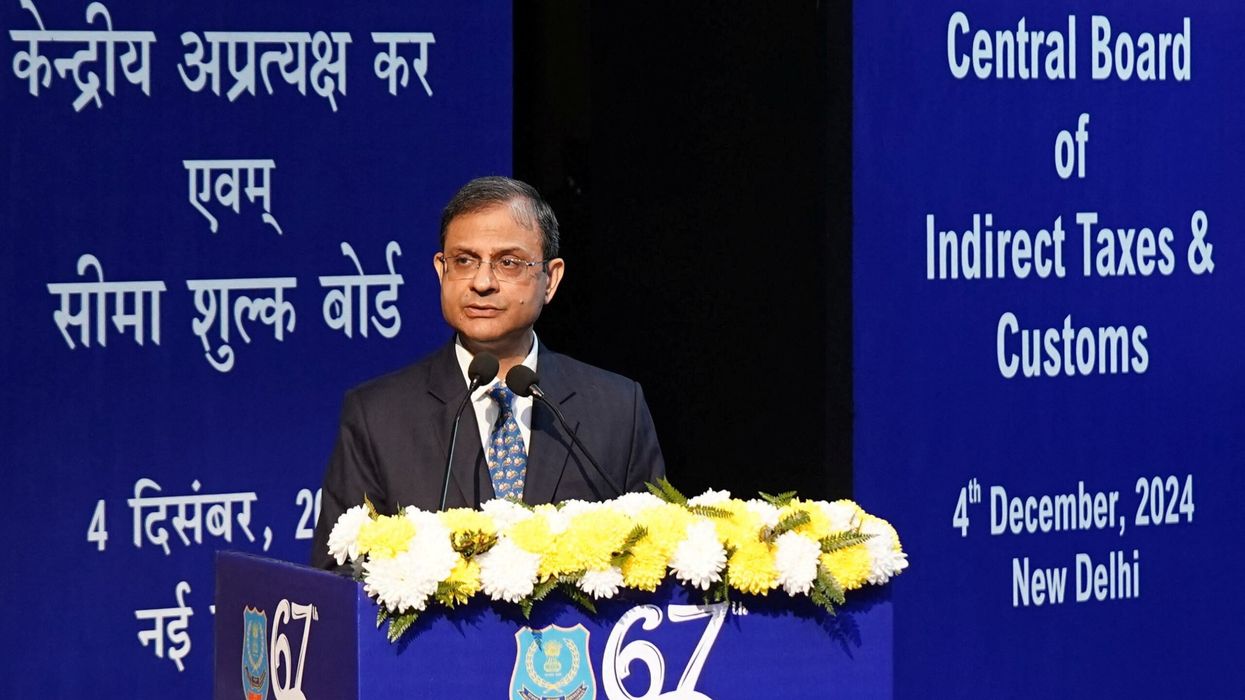TATA CHEMICALS EUROPE (TCE) plans to build the UK’s first industrial-scale carbon capture and utilisation (CCU) demonstration plant, which will reduce its carbon emissions, whilst ensuring a secure, sustainable supply of carbon dioxide - a raw material.
The first large-scale CCU project of its kind in the UK, the project also marks a world first in capturing and purifying carbon dioxide from power generation plant emission gases to use as a key raw material to manufacture high purity sodium bicarbonate.
Commenting on the project, TCE MD, Martin Ashcroft, said: “We hope that this project will demonstrate the viability of CCU and pave the way for further applications of the technology to support the decarbonization of industrial activity…”
The project will help pave the way for other industrial applications of carbon dioxide capture and is an important step in decarbonising industrial activity and supports the government’s recently announced target of net zero carbon emissions by 2050.
With planning permission granted earlier this month, the CCU at TCE’s Northwich industrial site, is scheduled to commence carbon dioxide capture operations in 2021.
Supporting the government’s clean growth strategy, the £16.7 million project will be funded by TCE with the support of a £4.2m grant from the department of business, energy and industrial strategy (BEIS) through the carbon capture and utilisation demonstration (CCUD) programme.
TCE is the UK’s only manufacturer of soda ash and sodium bicarbonate and is one of the UK’s leading producers of salt.
The high-quality products made by TCE are essential input materials used in glass, food, pharmaceutical and chemical manufacturing sectors.
The CCU project supports growth of TCE’s largest export product; high-grade sodium bicarbonate used in food and pharmaceutical applications.
TCE is the largest single site user of liquid carbon dioxide in the UK. Food grade liquid carbon dioxide is an essential raw material, used to manufacture high-grade sodium bicarbonate, which is primarily used in the pharmaceutical and hemodialysis sectors.
Global demand for this grade of sodium bicarbonate is growing as more of the world’s population has access to healthcare; TCE already exports 60 per cent of its sodium bicarbonate to over 60 countries across the globe.
The CCU project will be a springboard for TCE to unlock further growth into its export markets.
In a unique application of CCU technology, the TCE plant will capture carbon dioxide from the flue gases of TCE’s 96MWe gas-fired combined heat and power plant (CHP), which supplies steam and power to the company’s Northwich operations and other industrial businesses in the area.
The CCU plant will then purify and liquify the gas for use directly in the manufacture of sodium bicarbonate. Deploying CCU technology will reduce emissions, as captured CO2 will be effectively utilized in the manufacturing process rather than being emitted into the atmosphere.
The CCU plant will be capable of capturing and producing up to 40,000 tonnes per year of carbon dioxide and will reduce TCE’s carbon emissions at the CHP plant by 11 per cent.
Already one of the most efficient power plants in the UK, the CHP plant is a low-carbon source of electricity, currently producing half the amount of CO2 per kilowatt hour (kWh) of electricity generated compared to a typical gas-fired power station. Once the CCU plant is operational, this will reduce the CO2 per kWh electricity generated even further.
The project will be completed over the next two years, the CCU plant is to be designed and delivered by TCE alongside a leading supplier of CO2 capture and purification technologies.
TCE has a strong track record of carbon reduction following investment in its steam turbines in 2015, the business already produces Europe’s lowest carbon intensity soda ash and sodium bicarbonate.
In another move to reduce its carbon footprint, TCE is also investing £7.2m this year in state-of-the-art boilers at subsidiary, British Salt.











